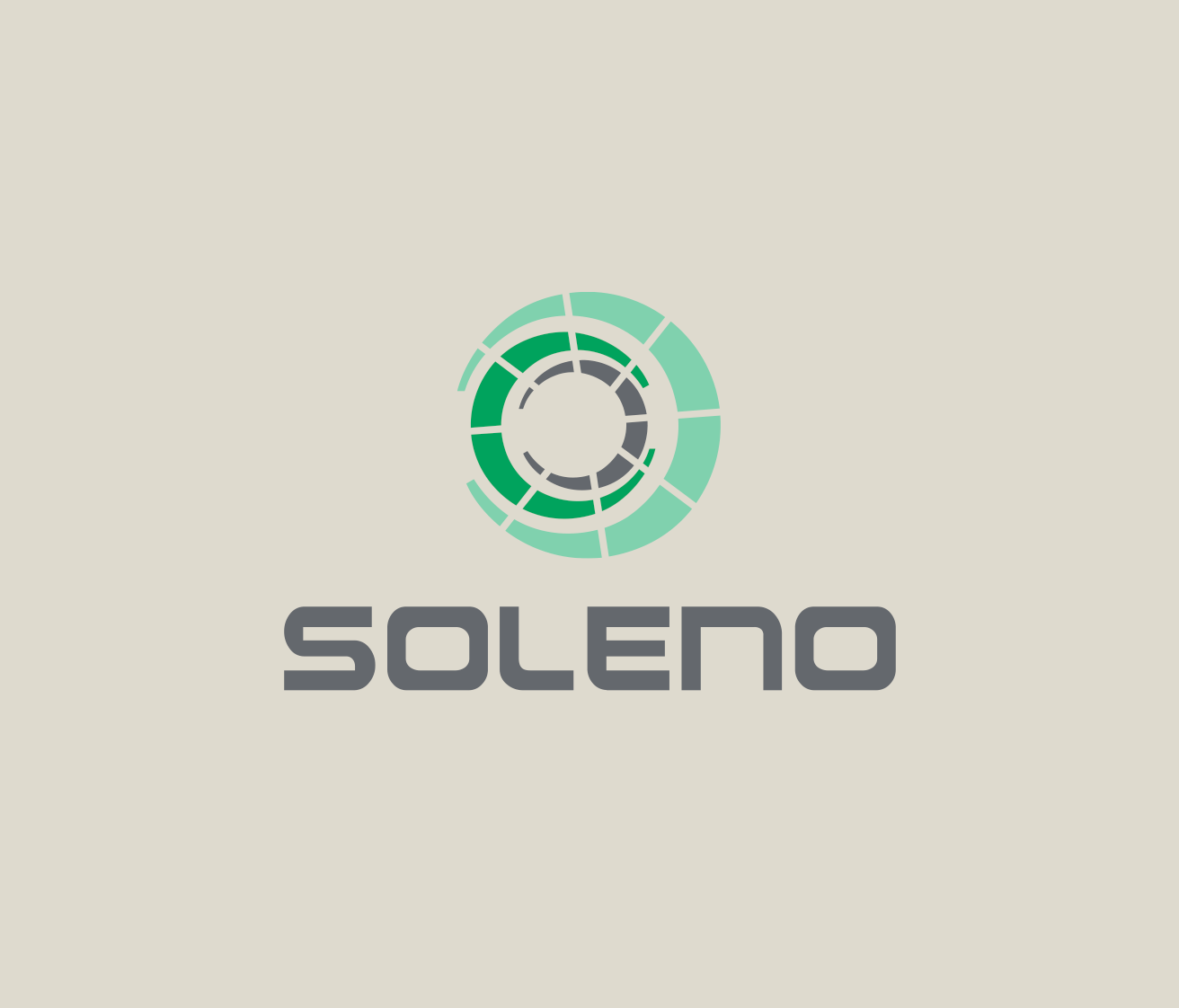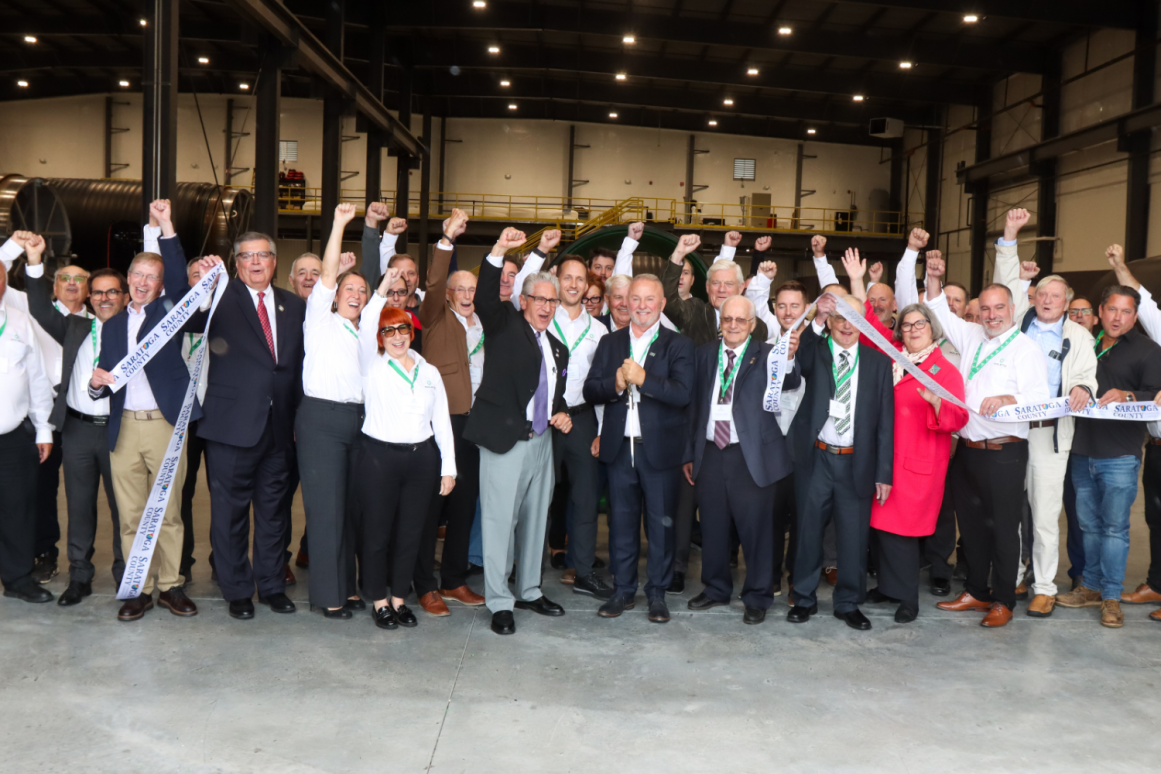

In April 2018, the Ministry of Forests, Wildlife and Parks (MFFP) began to implement the Regulations respecting the Sustainable Development of Forests in the state domain (RRSDF). This new regulation, in the framework of the Sustainable Forest Development Act, replaces the Regulation respecting standards of forest management for forests in the domain of the State.
The RRSDF is the answer to the evolution of the forestry intervention standards toward a sustainable management, which take into account environmental, social and economic aspects related to the forest. It allows to actualize the regulation according to the new forest knowledge and the changes in their practices, and to ensure the harmonization between the different legal requirements such as; the Fisheries Act, the Act respecting the Conservation and Development of Wildlife, the Environment Quality Act and the Wildlife Habitats Regulations.
Identified as one of the probable causes of the decrease and/or the disappearance of several fish species, the obstacles in structures allowing to cross watercourses is one aspect taken into account in the RRSDF. Indeed, the new regulation imposes, among other things, new standards to strengthen the foundations of sustainable forest management and to ensure the free passage of fish in structures allowing to cross watercourses. Some of the means contemplated by the RRSDF to ensure this free passage are: additional landfill, pipes fitted with weirs, arches or culverts.
Eager to offer durable solutions allowing optimal access to the forest and an efficient drainage in order to preserve and prolong the life of forest paths, Soleno offers culverts which meet the objectives of the RRSDF and ensure the free flow of waters and the free movement of aquatic fauna. Both specifically adapted to the forest environment, the Turbulence culvert and the removable fish weir allow the crossing of the watercourse without disrupting the flora and fauna of an ecosystem, therefore meeting the objectives of Section 86 of the RRSDF. Section 103 of the RRSDF defines when and where the free passage of fish must be insured, and Sections104 and 105 summarize the criteria to follow for each situation.
Manufactured in high-density polyethylene (HDPE) and patented, the Turbulence culvert reproduces the natural bed conditions of a creek, with a Manning coefficient of 0.022. By increasing bed roughness, it eases the passage and countercurrent movement by the fish, while serving as a refuge for wildlife and fish fry. The decrease in velocity in the culvert reduces erosion at the outlet, which promotes slope conservation and stability and avoids sediment emission in the ecosystem, another important aspect of the RRSDF.
The patent pending removable fish weir is a removable control structure made of hot galvanized steel, consisting of a half-moon shape base and a slowing plate with an opening for the passage of fish. The removable fish weir is used where the free passage must be ensured, according to the objectives of Section105 of the RRSDF and when the conditions of Schedule 9 of the RRSDF cannot be respected. Easily inserted in a steel culvert erected in a waterway, the removable fish weir is manufactured according to the requirements of Section106 and Schedule 10 of the RRSDF.
Just as the Turbulence culvert, the removable fish weir promotes the reduction of the water flow, facilitates the passage and countercurrent movement by the fish, while serving as a refuge for the fauna and the fry, and reduces erosion at the outlet. The selection of the culvert will therefore depend on the required diameter; the Turbulence culvert is offered in three (3) diameters, between 450 mm and 750 mm (18 in and 30 in) while the removable fish weir is offered for steel pipes of 1200 mm to 3600 mm (48 in of 144 in) in diameter. Finally, the use of a steel culvert equipped with fish weirs is recommended for sites with a high, 2% to 6% slope.
Consulting the Regulation Respecting the Sustainable Development of Forests in the domain of the State guide will allow you to become familiar with the new regulatory requirements and access the necessary information for the regulation implementation.
As each project is unique, Soleno delivers sustainable solutions adapted to the sometimes difficult conditions of the forestry sector and assists managers for stormwater management.



